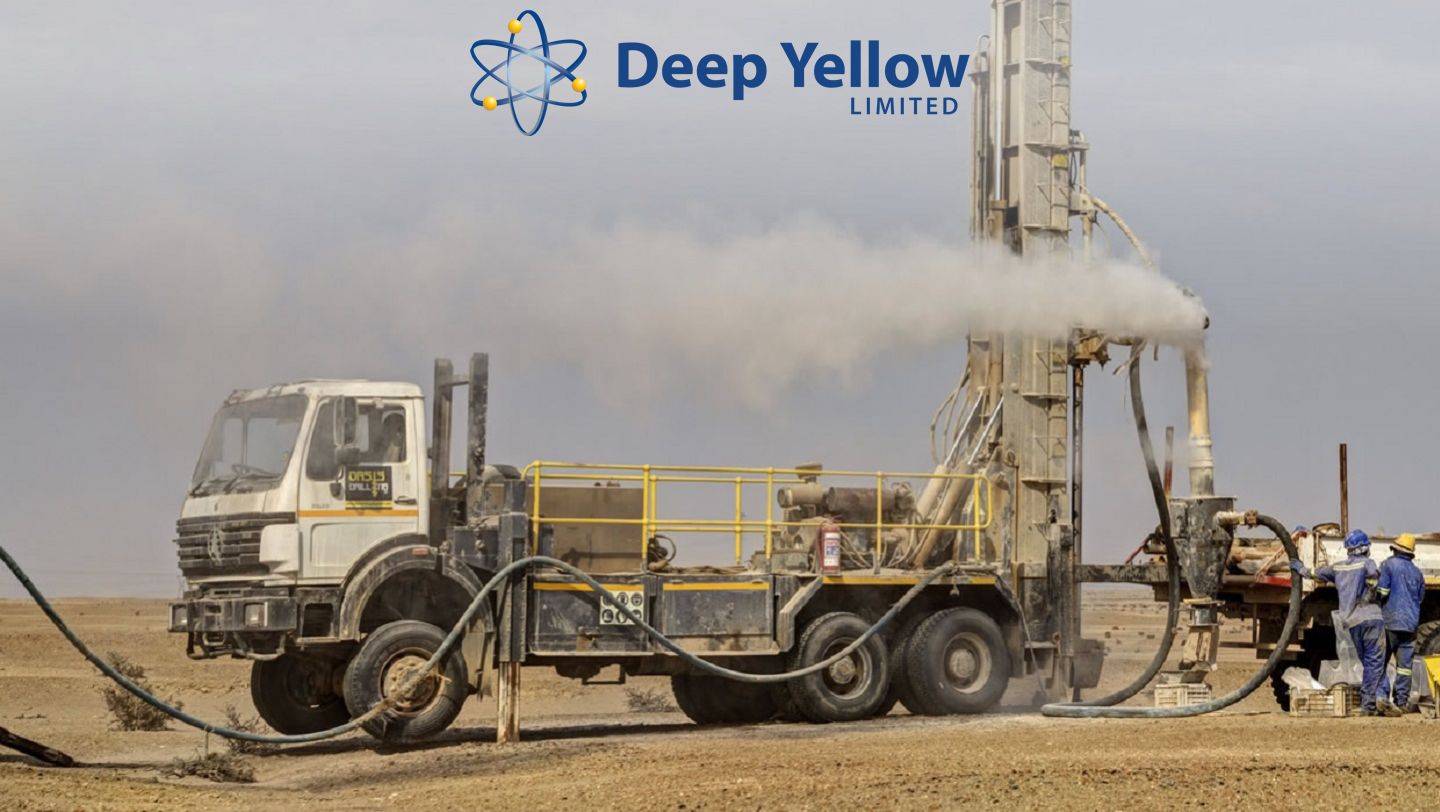
Investor Presentation
Perth, Oct 11, 2016 AEST (ABN Newswire) - Deep Yellow Limited ( ASX:DYL) (
ASX:DYL) ( DYLLF:OTCMKTS) CEO Investor Presentation was held on 4 & 5 October 2016 by the Managing Director Greg Cochran.
DYLLF:OTCMKTS) CEO Investor Presentation was held on 4 & 5 October 2016 by the Managing Director Greg Cochran.
Key Points
- ASX-listed advanced stage Namibian uranium company
- Focussed on near-term development of its Tumas Project:
-- Highest grade undeveloped calcrete resource in Namibia (~350ppm)
-- Marenica's U-pgradeTM process enables comparatively low costs
- Holds an exciting project pipeline:
-- Omahola Project
-- Tubas Sands Project
- Substantial resource base in uranium supportive jurisdiction
- Rising tide opportunity -uranium market correction looming
To view the presentation, please visit:
http://abnnewswire.net/lnk/5SLDB841
About Deep Yellow Limited
 Deep Yellow Limited (ASX:DYL) (OTCMKTS:DYLLF) is successfully progressing a dual-pillar growth strategy to establish a globally diversified, Tier-1 uranium company to produce 10+Mlb p.a.
Deep Yellow Limited (ASX:DYL) (OTCMKTS:DYLLF) is successfully progressing a dual-pillar growth strategy to establish a globally diversified, Tier-1 uranium company to produce 10+Mlb p.a.
The Company's portfolio contains the largest uranium resource base of any ASX-listed company and its projects provide geographic and development diversity. Deep Yellow is the only ASX company with two advanced projects - flagship Tumas, Namibia (Final Investment Decision expected in 1H/CY24) and MRP, Western Australia (advancing through revised DFS), both located in Tier-1 uranium jurisdictions.
Deep Yellow is well-positioned for further growth through development of its highly prospective exploration portfolio - ARP, Northern Territory and Omahola, Namibia with ongoing M&A focused on high-quality assets should opportunities arise that best fit the Company's strategy.
Led by a best-in-class team, who are proven uranium mine builders and operators, the Company is advancing its growth strategy at a time when the need for nuclear energy is becoming the only viable option in the mid-to-long term to provide baseload power supply and achieve zero emission targets.
Importantly, Deep Yellow is on track to becoming a reliable and long-term uranium producer, able to provide production optionality, security of supply and geographic diversity.
| ||
|





